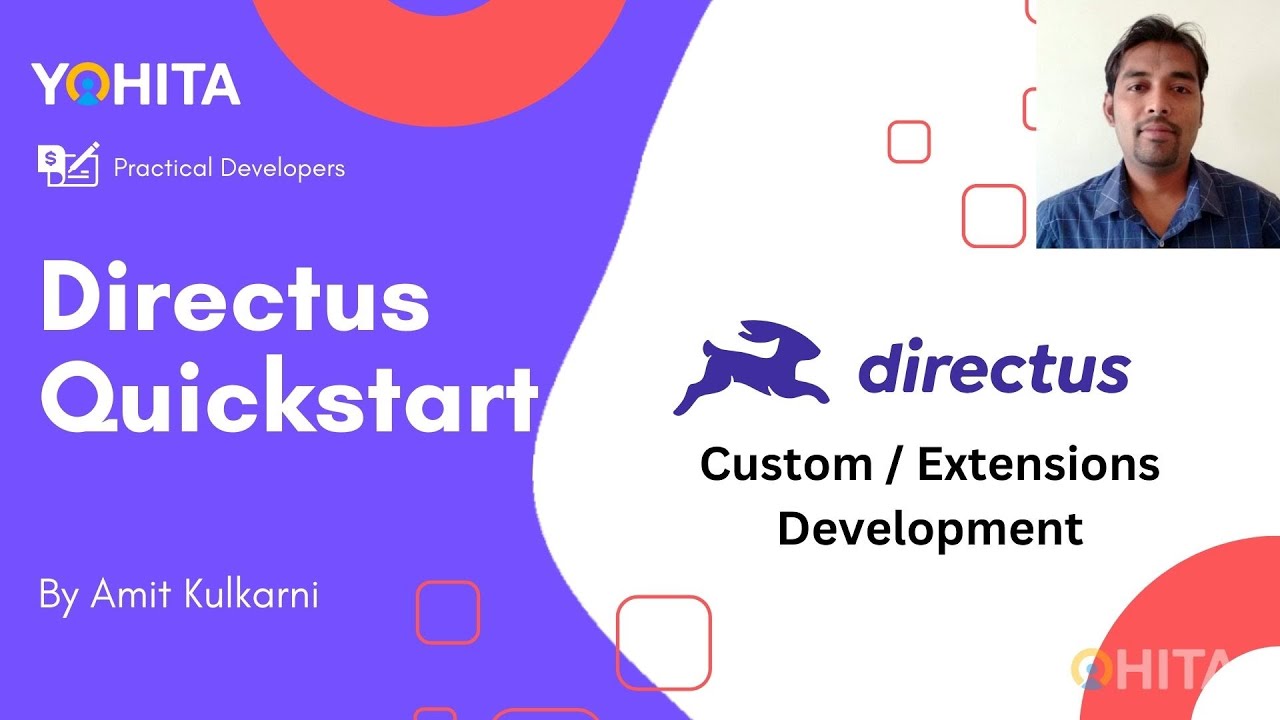Welcome, Directus developers! Today, we're exploring how to extend Directus's functionality through custom extensions, APIs, and hooks. This guide will give you a solid foundation to start customizing your Directus instance to meet your specific project needs.
The Power of Extending Directus
While Directus is robust out of the box, custom extensions allow you to tailor the CMS to your exact requirements. Whether you're building a complex web application or managing a large-scale content platform, these tools give you the flexibility to create precisely what you need.
Understanding Directus Extensions
Extensions are the backbone of Directus customization. They allow you to:
-
Add new features to the admin panel
-
Create custom interfaces for data entry
-
Develop specialized displays for your data
-
Build custom endpoints for unique data operations
By mastering extensions, you open up a world of possibilities for your Directus projects.
Creating Custom APIs
Custom APIs in Directus enable you to serve your data in ways that the standard API might not accommodate. You can:
-
Aggregate data from multiple collections
-
Implement complex business logic
-
Optimize data delivery for specific front-end requirements
This level of customization ensures that your data serves your application's needs efficiently and effectively.
Leveraging Hooks for Automation
Hooks are powerful tools for automating processes within Directus. They allow you to:
-
Trigger actions before or after CRUD operations
-
Implement complex workflows
-
Integrate Directus with external services seamlessly
With hooks, you can significantly enhance the functionality of your Directus instance, making it more dynamic and responsive to your business processes.
Watch Full video
Conclusion
By understanding and utilizing custom extensions, APIs, and hooks, you're not just using Directus – you're optimizing it for your specific needs. These tools provide the flexibility and power to build truly custom solutions.
Remember, this guide is just an introduction. Each of these topics has depths worth exploring. For a more detailed walkthrough, including code examples and practical applications, check out our full video tutorial.

